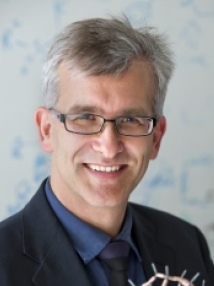BibTex format
@article{Zhang:2015:10.1016/j.algal.2015.03.015,
author = {Zhang, D and Dechatiwongse, P and del, Rio-Chanona EA and Maitland, GC and Hellgardt, K and Vassiliadis, VS},
doi = {10.1016/j.algal.2015.03.015},
journal = {Algal Research},
pages = {263--274},
title = {Modelling of light and temperature influences on cyanobacterial growth and biohydrogen production},
url = {http://dx.doi.org/10.1016/j.algal.2015.03.015},
volume = {9},
year = {2015}
}

